Hi #AmazingNature Community!
Always wishing everyone a good day. Let's remember that the sun rises for @everyone!😃🌞
Once again, I bring you content that I consider to be of quality, this takes several hours of reading, comprehension and writing.💡📚
But more than that, this is one more publication so that together we can appreciate and contemplate how wonderful our nature is! I prefer the marine and aquatic environment, that is my specialty🐬🐟🦈🦀🐢🐳🐙 I hope you enjoy!🐬🐟🦈🦀🐢🐳🐙🤗
Do you remember the spinner dolphin? We talked about him earlier (https://peakd.com/hive-127788/@juanbg/the-amazing-spinner-dolphin-some-characteristics).
A species that is characterized by its acrobatic jumps in the air, hence its name. It is practically small but with great speed, today we are going to discover one more attribute of them: Teamwork🐬🐬🐬.
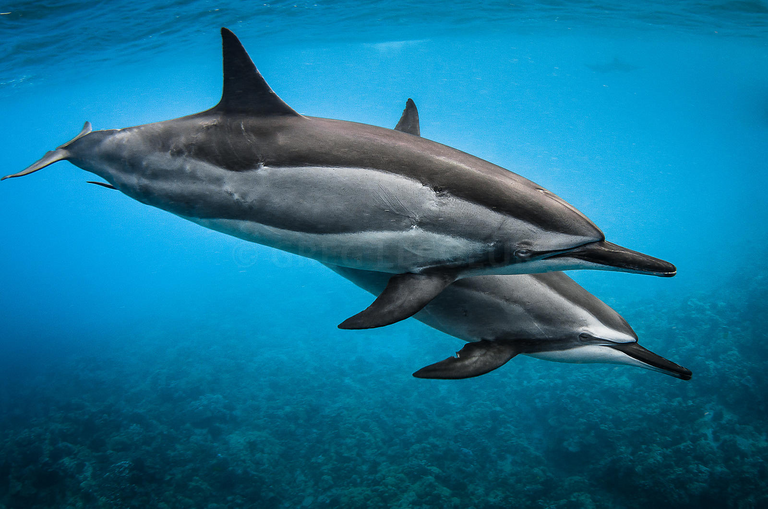
Credits: Greg Lecoeur
An article by Kelly J. Benoit-Bird.
College of Oceanic and Atmospheric Sciences, Oregon State University.
At low ocean latitudes there is little energy available (Longhurst et al., 1995) this makes it difficult for large animals with high energy needs to consume enough food to survive and reproduce. One solution to the challenge of finding and capturing scattered food in this environment is foraging for food and supporting each other as a group. Many studies claim that group foraging can increase a predator's prey detection rate, such as gulls (Gotmark et al., 1986) and different species of dolphins (Norris and Prescott, 1961).
Cooperative groups can also actively trap prey, increasing its density and preventing its escape. Higher densities of aquatic prey have been associated with groups of river otters (Serfass, 1995), several species of piscivorous marine fish (Hiatt and Brock 1948), pelicans (Anderson, 1991), orcas (Nottestad et al., 2002) and various species of dolphins (Gallo Reynoso, 1991).
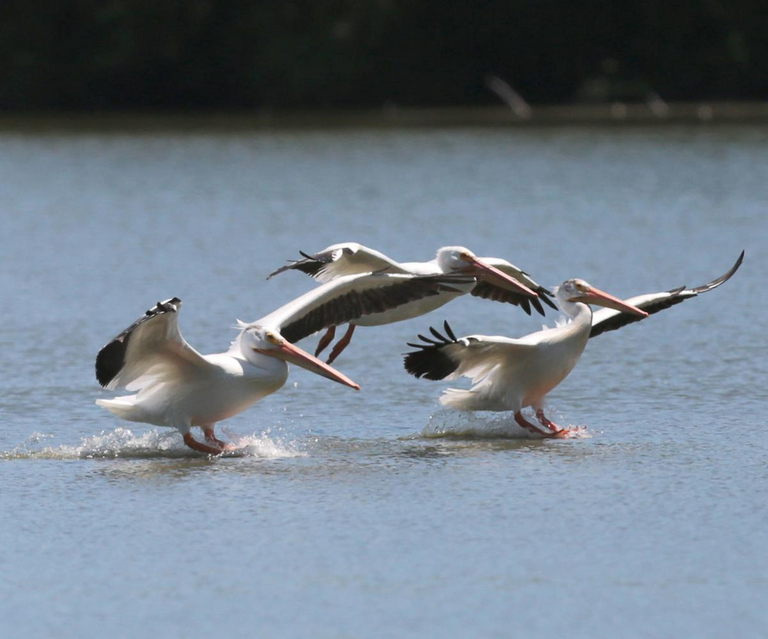
Credits: Shelley K. Mesch
Spinner dolphins (Stenella longirostris) are primarily pelagic animals that reside in the energy-poor waters of the subtropical ocean.
At night, they feed on small prey, including lanternfish, shrimp, and squid (Norris and Dohl, 1980). However, as they are very small prey, they only represent 0.002% of the mass of a spinner dolphin, so this does not fully supply their energy needs, spinning dolphins must be efficient collectors, each one should consume approximately 1.25 prey. per minute during the night (Benoit-Bird, 2004). That is why spinner dolphins have been observed in groups while hunting for food (Benoit-Bird and Au, 2003).

Credits: Honza Musi
How can you study the teamwork of dolphins?
Most aquatic animals feed below the surface of the ocean, making it difficult to study their behavior, particularly for animals that are nocturnal predators such as spinner dolphins (Similä and Ugarte, 1993). One way to better understand the behaviors and benefits of group foraging in aquatic animals is to use a multibeam Echosounder capable of simultaneous high-resolution observations of predator and prey behavior.
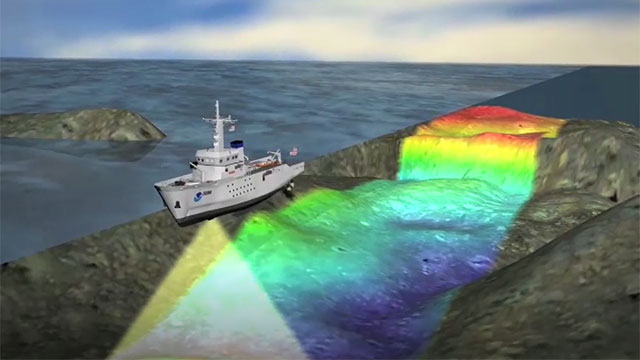
Credits: NOAA Ocean Explorer
The observations
This study made 267 observations of groups of dolphins with a maximum depth of 50 m. The duration of the observation was between 22 and 257 seconds with a mean duration of 123 seconds.
From these observations, they were able to realize how spinner dolphins work as a team ...
Groups of dolphins
The groups of dolphins ranged in size from 16 to 28 individuals in the group. The 267 groups that were observed were composed of different pairs of animals where one was in front of and slightly above the other dolphin in the pair.
So all the feeding groups were made up of an even number of dolphins!🐬🐬
This paired behavior is consistent with the results of a previous study by Benoit-Bird and Au (2003), although measurements of spacing between animals could not be measured from these results.
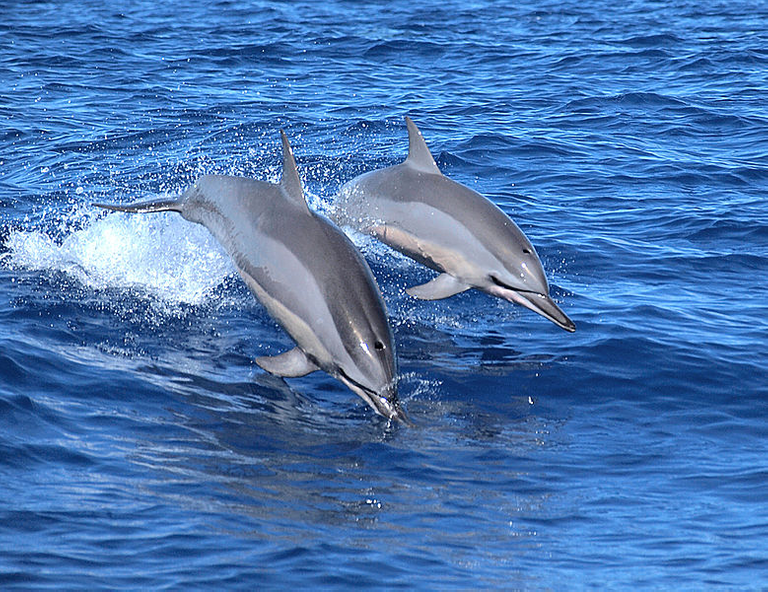
Credits: Philippe Bourjon
Dolphins use geometry to work as a team!
Four clear geometries or foraging stages were observed in the dolphins. A brief summary will help to track the remaining results and the detailed methods of their determination.
They use geometry in an orderly way!
The dolphins were observed to swim in a line running perpendicular to the shore, called the "broad line".⚠️
Afterward, the space between pairs of dolphins in the "broad line" decreased dramatically as the animals continued to swim forward.⚠️
The animals in this line then formed a CIRCLE of 28 to 40 m, closing the circle from the shore.⚠️
The final foraging stage before the dolphins surface is called the "inner circle." Pairs of dolphins on opposite sides of the circle moved within the circle formed by the other dolphins.⚠️ This is amazing and very smart!
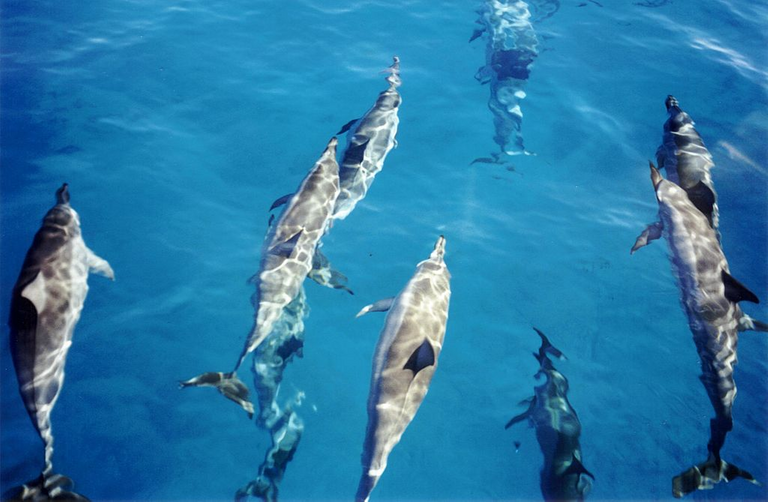
Credits: Fairsing
Let's look closely at the following figure (an illustration of the original research). Here we have a "distant" view of what dolphins look like working as a team, forming lines, circling, and working as a team.
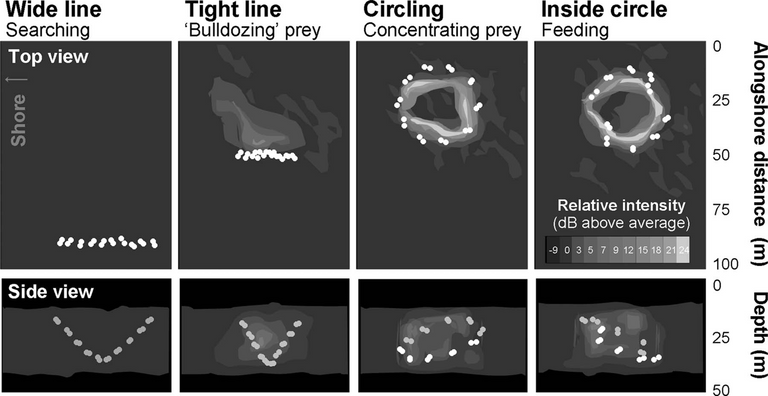
Credit: Kelly J. Benoit-Bird "Cooperative prey herding by the pelagic dolphin, Stenella longirostris"

Without a doubt, this gives us a great lesson: work is lightened when we work as a team!🐬🐬🐬
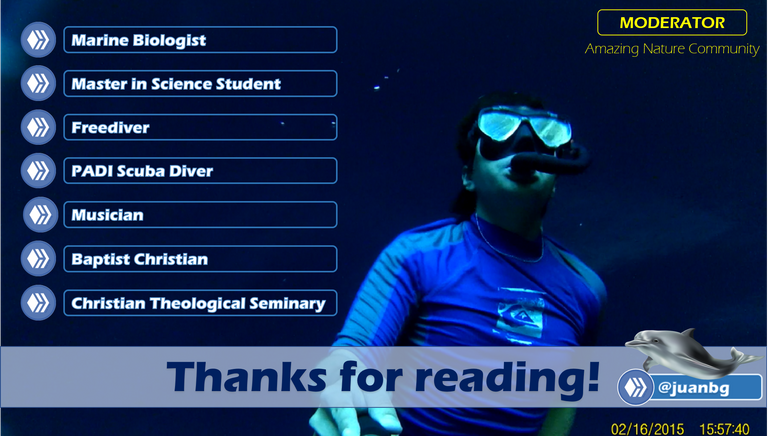
@juanbg me encantaría nadar con delfines. 🐬 Excelente información la que presentas. Aquí revisando para crecer un poco en mis publicaciones.
@naty16 es una experiencia única nadar y aprender de ellos, son seres increíbles y sociales, saludos!😁🐬
Great post again @juangb ^^ .. I really like this teamwork post about dolphins! I am going forward it to the AN-OCD channel ;)
Thanks a lot for the support @adalger😊🐬
Hehe, thanks a lot for you great post that in my opinion really deserve it ^^ .. It is good to have you in the team @junabg !
And the work goes much faster if we don't have to do it alone :)
That's right @seadbeady it's a great lesson for us.
Congratulations @juanbg! You have completed the following achievement on the Hive blockchain and have been rewarded with new badge(s) :
You can view your badges on your board and compare yourself to others in the Ranking
If you no longer want to receive notifications, reply to this comment with the word
STOPDo not miss the last post from @hivebuzz:
This post was shared and voted inside the discord by the curators team of discovery-it
Join our community! hive-193212
Discovery-it is also a Witness, vote for us here
Delegate to us for passive income. Check our 80% fee-back Program
!discovery 35
Hey @phage93 thanks a lot for the support 😊🐬